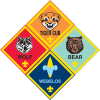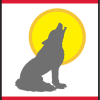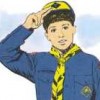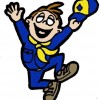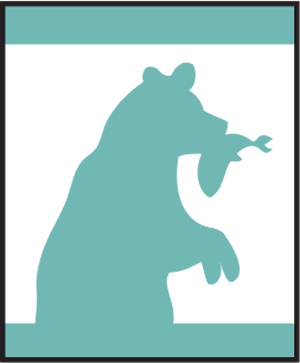
Grizzly bears live in Alaska, the northwestern United States, and Canada. They live in forests and grasslands. When they stand on their hind legs, they can be up to 8 feet tall. Most grizzlies weigh between 300 and 800 pounds. It takes a lot of food to keep a grizzly bear happy. These bears have a really good sense of smell and are good swimmers. When the salmon fish are running in the cold waters of Alaska, the grizzly bear loves to go fishing and catch more fish than you can imagine. In this adventure, you, as a Bear Cub Scout, will explore fishing, learn about safe boating, and demonstrate your skills as a swimmer.
Rationale for Adventure
This adventure will introduce Bear Scouts to swimming safety, boating safety, physical development and fitness, skill development, and fun in the water. Bears in nature like to swim and play in the water, and so can Bear Scouts.
Requirements
Complete requirements 1-4 plus two others.
- Explain the importance of response personnel or lifeguards in a swimming area. Tell how the buddy system works and why it is important.
- Visit a local pool or swimming area with your den or family. Go swimming or take a swimming lesson.
- Explain the safety rules that you need to follow before participating in boating.
- Identify the safety equipment needed when going boating.
- Demonstrate correct rowing or paddling form. Explain how rowing and canoeing are good exercise.
- Show how to do both a reach rescue and a throw rescue.
- Demonstrate the front crawl swim stroke to your den or family.
- Name the three swimming ability groups for the Boy Scouts of America.
- Earn the BSA beginner swimmer classification.
Takeaways for Cub Scouts
- Learning confidence, knowledge, and skills in and around bodies of water
- Gaining knowledge and skills in boating safety
- A Scout is obedient, brave
Historical Requirements
2015 Handbook Requirements
Bear Handbook, page 250
Bear Den Leader Guide, page 167
- Explain the safety rules that you need to follow before participating in boating.
- Identify the equipment needed when going boating.
- Demonstrate correct rowing or paddling form. Explain how rowing and canoeing are good exercise.
- Explain the importance of response personnel or lifeguards in a swimming area.
- Show how to do both a reach rescue and a throw rescue.
- Visit a local pool or swimming area with your den or family, and go swimming.
- Demonstrate the front crawl swim stroke to your den or family.
- Name the three swimming ability groups for the Boy Scouts of America.
- Attempt the BSA beginner swimmer classification.

